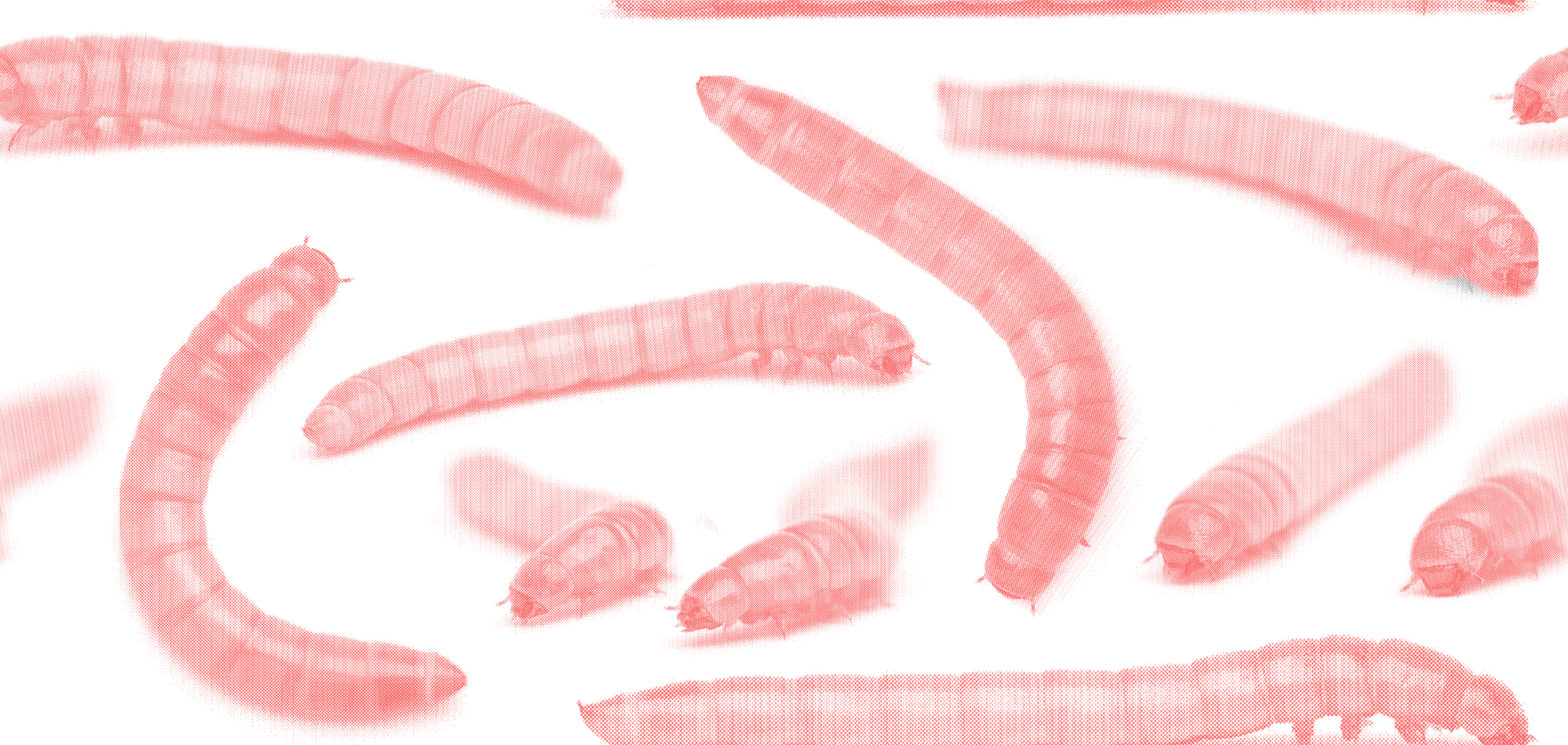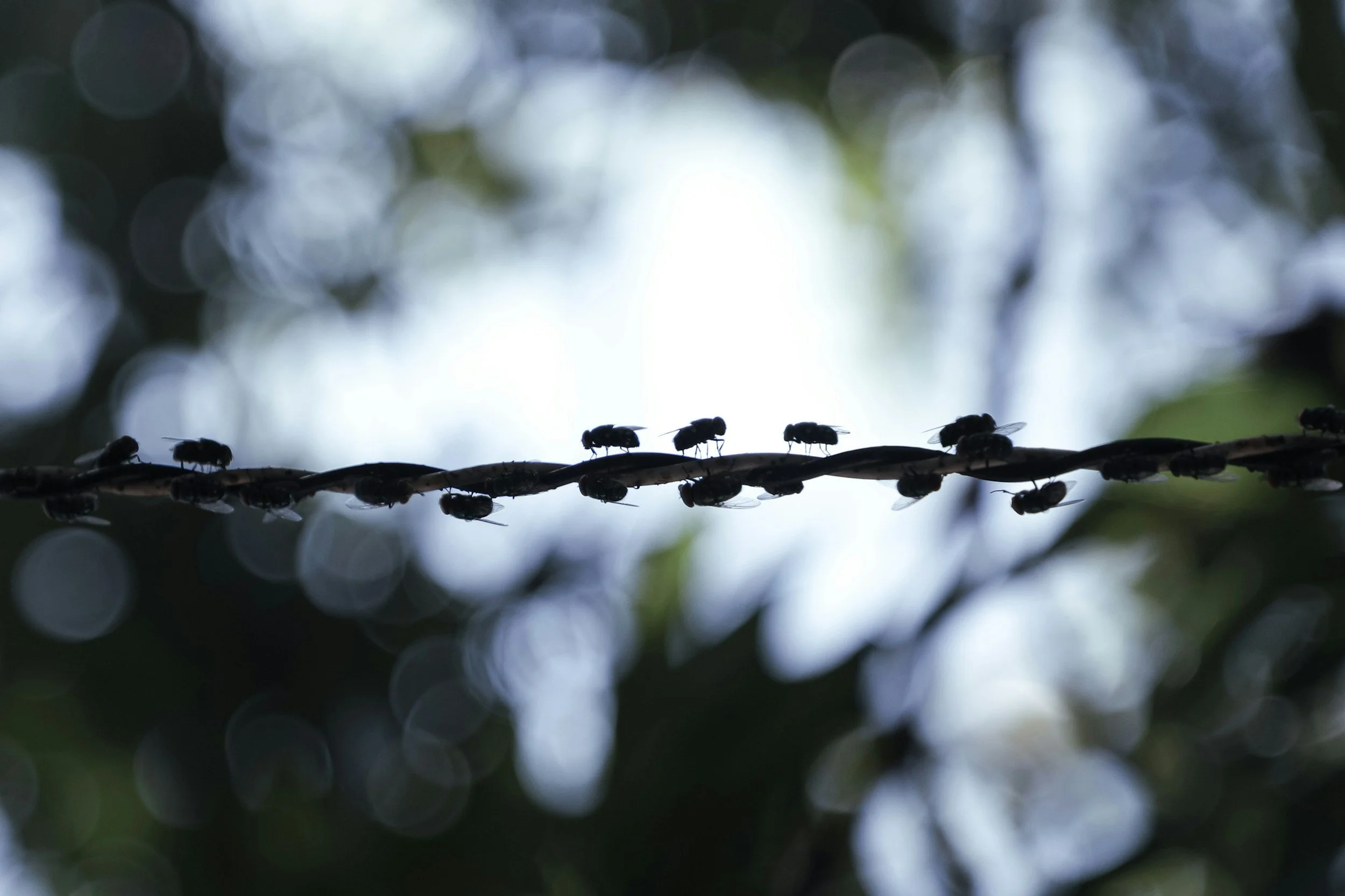Publication Alert: How humane can grinding be for farmed yellow mealworms?
Image of yellow mealworm larvae
Fillers at the end of processing improve instantaneous death via grinding for farmed yellow mealworm larvae (Tenebrio molitor; Coleoptera: Tenebrionidae) (Zacarias et al. 2025; Journal of Insects as Food and Feed)
Acknowledgement of Funding and Conflicts of Interest: MB reports a relationship with the Insect Welfare Research Society that includes: board of advisors (unpaid). CP reports a relationship with the Insect Welfare Research Society that includes: employment. Funding to conduct this research was provided by Rethink Priorities to MB. The funder had no role in study design, writing, or decision to publish.
We farm trillions of yellow mealworms and are poised to farm many more (Shah and McKay 2025). How can we slaughter these animals humanely - or, as defined in this paper, instantaneously (<1 second)? One common method for slaughtering yellow mealworms is grinding or shredding. This paper tested the effects of a few different variables: larval body size, the diameter of holes in the particle size plate of a grinder, and the use of a filler at the end of a run, to see which factors impacted the likelihood of yellow mealworms dying instantly.
Overall proportion of yellow mealworm larvae that died instantly varied based on the interaction between particle size plate hole diameter and the use of filler. The best-fit model for the proportion of YML that died instantly was best explained by particle size plate hole diameter, use of filler, and larval body size (ANOVA: plate: χ2 = 213.29, p < 0.0001; filler: χ2 = 131.02, p < 0.0001; body size: χ2 = 4.41, p = 0.036), as well as the interaction between the use of filler and particle size plate hole diameter (χ2 = 17.55, p < 0.0001). Letters on the graph indicate statistically significant differences between groups (all z > 7.75, p < 0.0001).
Smaller particle size plate hole diameters (e.g., 2.55 mm as compared to 5.5 mm) and the use of a filler both increased the likelihood of instantaneously mortality for yellow mealworms. Overall, the procedure that resulted in the highest likelihood of humane death was 2.55 mm diameter particle plate hole diameters and use of a filler, resulting in a humane death rate of 96.47 +/- 1.19% likelihood of humane death for larvae in a run. The paper also provides supplemental materials, allowing producers to test their own standard operating procedures to determine how humane they are.
Finally, the paper noted some potentially nocifensive behaviors performed by larvae in response to traumatic injury (a cut to the body cavity) including: rolling, walking backwards, antennal waving, and possibly grooming or autocannibalism.
Want to read more news from the lab?






